Orchids have been renowned for their exquisite beauty and elegance for a long time. A common question that often surfaces among orchid growers is, do orchids need sunlight?
The answer is a big yes. Although orchids do not require ample and strong light, they still need enough sunlight to grow and flower. The only thing to explore here is how much sunlight is required for orchids. Let’s keep going.
Table of Contents
How Much Sunlight Does an Orchid Need
A general understanding is that most orchids require 6-8 hours of bright, indirect sunlight. However, due to the diverse variety of orchid plants and their native habitat, the sunlight requirements can vary slightly for each orchid. Below are some popular orchid species and their sunlight preferences. Check to see if yours is included.
Low-Light Orchids
Phalaenopsis Orchids: Ranked as the most popular orchids for home growers, phalaenopsis orchids prefer low to maximum medium light, making them suitable for semi-shaded environments.
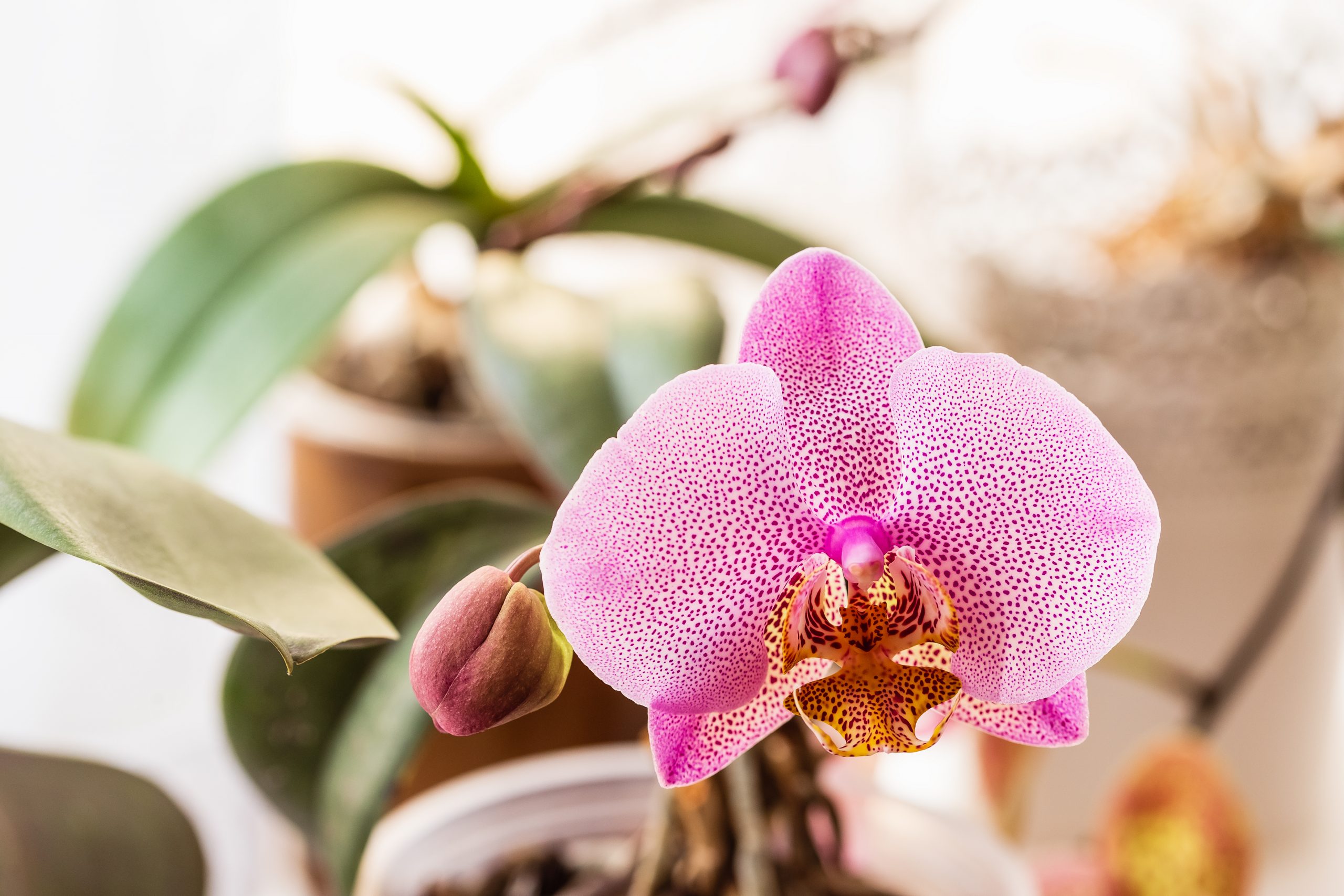
Miltonia Orchids (Pansy Orchids): These orchids prefer lower light levels, similar to Phalaenopsis orchids.
Oncidesa: Oncidesa is a hybrid genus created by crossbreeding species from the Oncidium and Cochlioda genera. This orchid performs better in low-light conditions as well.
Cattleya Orchids: These orchids can handle some direct sunlight, especially in the morning, but should be shaded from the intense midday sun.
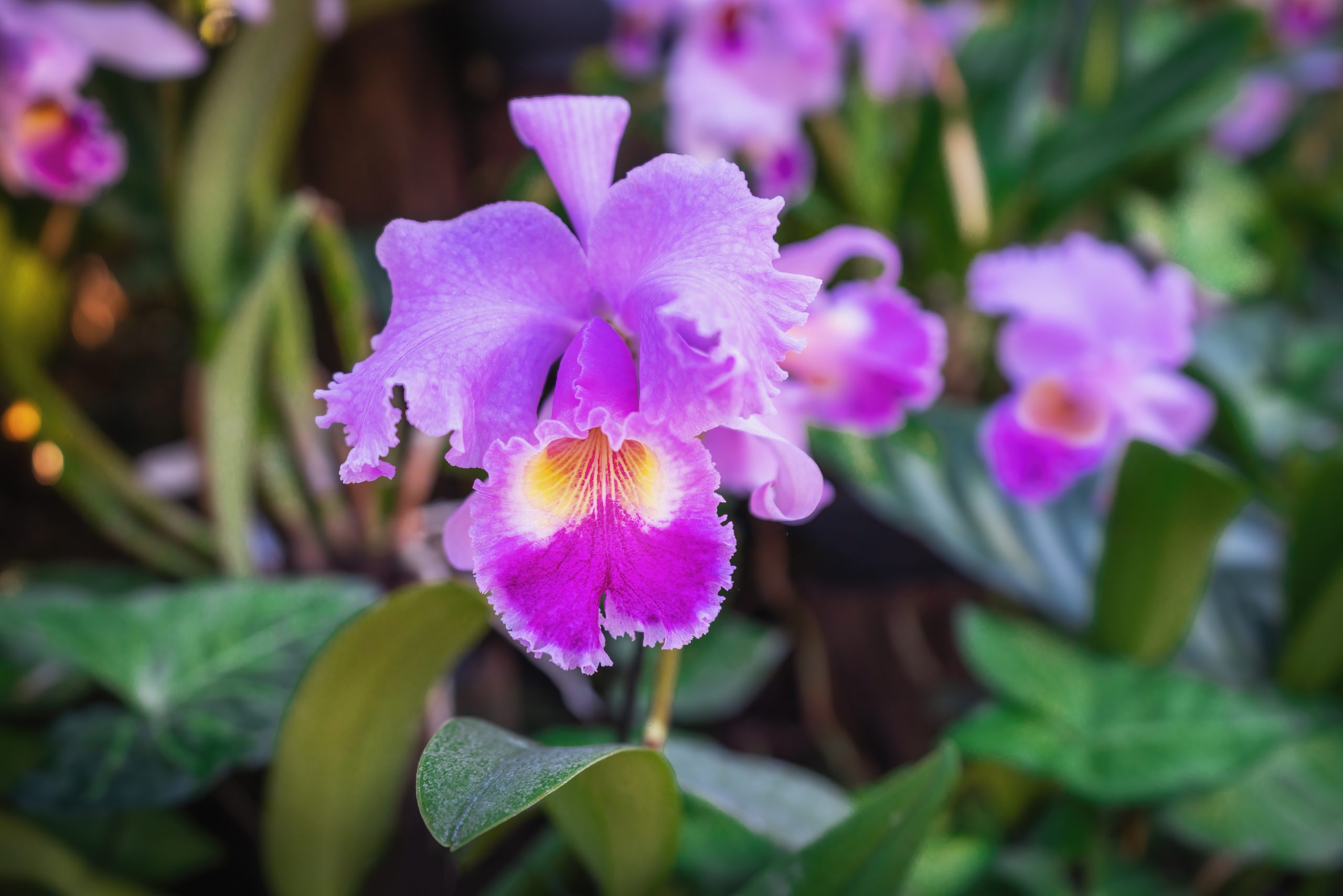
Bright & Medium-Light Orchids
Oncidium Orchids: Compared with the above-mentioned orchid varieties, these orchids like bright light. But, like other orchids, they need protection from direct sunlight. East or west-facing windows, with some shading during peak hours, work well for these orchids.
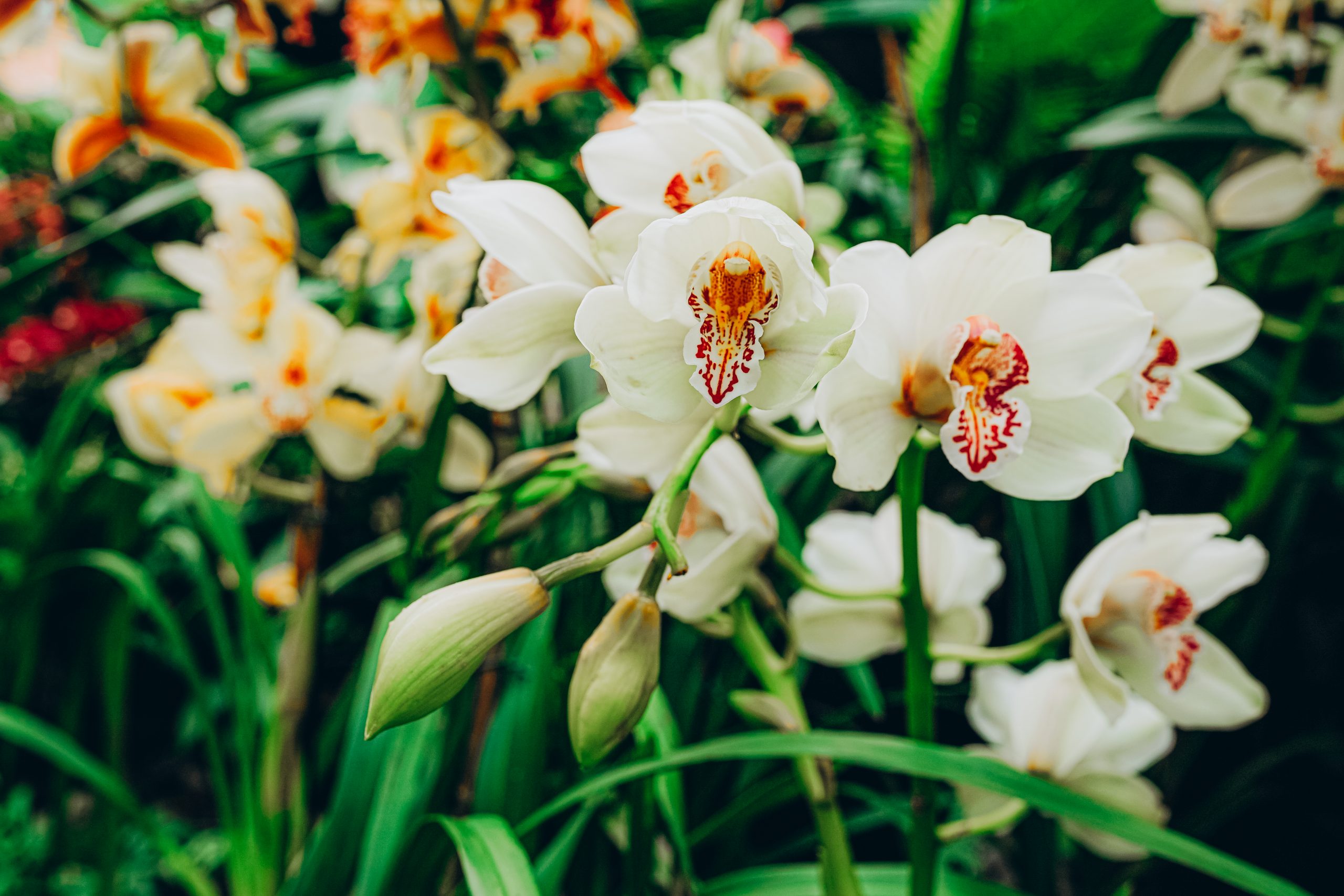
Spathoglottis: Unlike many other orchids that are epiphytic (growing on trees), Spathoglottis orchids grow in the ground, thus earning their common name. This type of orchid requires medium-level sunlight for optimal growth.
Dendrobium Orchids: These orchids prefer bright light but not intense or strong sunlight. An east-facing window is ideal. They can handle some direct morning sun, but it's essential to protect them from the intense afternoon sun.
Where Is the Best Place to Put an Orchid in Your House
Ideally, positioning an orchid in front of a north- or east-facing window offers optimal light conditions. In real-life scenarios, the variance in light conditions can be dramatic depending on the proximity to the window. For instance, for low-light orchids such as phalaenopsis, merely shifting it from the windowsill to a neighboring side table could rectify light imbalances. Alternatively, you can use a sheer curtain to filter the sunlight.
Signs Your Orchid is Not Getting the Right Amount of Light
In contrast to the light green color, if the orchid leaves turn dark green, they may not be getting enough light. The delayed flowering stage of growth is also an indicator that your plant lacks sunlight to produce fruits.
However, if Orchid leaves turn yellow or have red/brown tinges or white spots on plant leaves, they might be getting too much light. Sometimes, you may notice sunburn-like spots on orchid leaves after a whole afternoon of sunlight exposure.
How to Ensure the Best Orchid Lighting Condition
For inexperienced orchid home growers, how to balance the natural sunlight is not an easy job. Moreover, simply adjusting the distance to the window does not offer exquisite lighting conditions. How to ensure the optimal lighting for indoor orchids? Spider Farmer LED grow lights emerge as a top contender.
Renowned for their efficiency and advanced technology, indoor grow lights by Spider Farmer are adept at replicating the natural light spectrum, catering precisely to the nuanced needs of orchids. Among all grow light lineups, the newest Spider Farmer SF1000 Samsung LM301H EVO LED Grow Light is your go-to choice for growing orchids indoors.
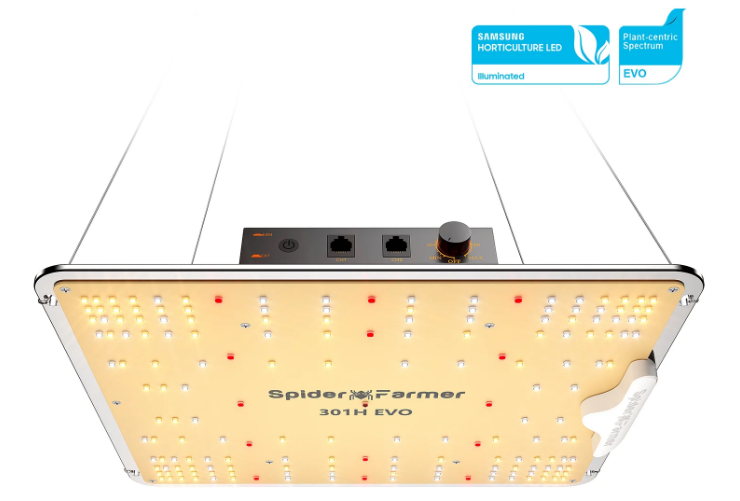
Utilizing the LM301H EVO diodes by Samsung, the latest SF1000 guarantees durable and efficient lighting with a balanced light spectrum that perfectly mimics and even surpasses natural sunlight, ensuring that your orchids receive the quality light they crave without spending a ton of money. Give it a try to elevate your indoor growing experience.
Conclusion
Orchids, like all plants, require sunlight to fulfill the photosynthesis process and produce energy for growth and future blooms. In general, orchids prefer low to medium levels of light and enjoy bright, indirect sunlight. If you are finding it hard to provide the orchids with rich natural light, Spider Farmer SF1000 Samsung LM301H EVO LED Grow Light serves as the best lighting solution by mimicking all growth light spectrum needed by orchid plants.
FAQs about Do Orchids Need Sunlight
- Do orchids need sunlight when not in bloom?
Yes, orchids require sunlight even when they're not in bloom. Sunlight plays a pivotal role in the photosynthesis process. While orchids might not be showcasing their stunning flowers, they are busy building up the energy reserves they will need for the next blooming cycle.
- Can orchids handle direct sunlight?
While a few orchid varieties like Vanda, Cattleya, and Dendrobium can adapt to some direct sunlight, most orchids will suffer from prolonged direct exposure. It’s not suggested to take the risk of doing so.
More on Orchid:




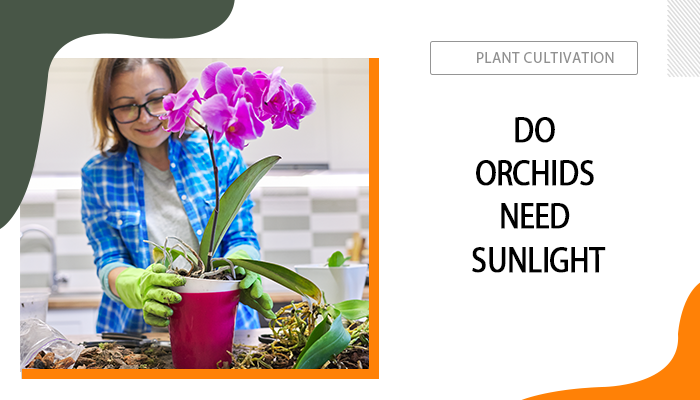


Great article! I’ve always been unsure about how much sunlight my orchids need, and your tips on indirect light versus direct sunlight really clarified things. Thanks for helping me keep my plants healthy!
Great insights on orchid care! I never realized how much the amount of sunlight can vary depending on the type of orchid. It’s helpful to know that some prefer indirect light. Thanks for clarifying this!
Great insights on orchid care! I never realized how much indirect sunlight could impact their growth. Thanks for the tips on balancing light levels!